State of Medical Lighting Report
2023 Edition
Join us virtually for The Lighting Design for Mobility Summit on May 19th & 20th
2023 Edition
With great pleasure, we present our second annual medical lighting report. In an era defined by transformative technological progress, Lumitex has been at the forefront of lighting innovation, delivering user-friendly medical lighting solutions that enhance the healthcare landscape.
Lighting plays a critical role in medical settings; it helps medical professionals navigate through intricate procedures, aids the accuracy of medical diagnoses, and can help improve patient response. In this report, we bring perspective on lighting applications that can help shape the future of medical practice.
More specifically, the 2023 Medical Lighting Report explores how lighting can be applied most effectively to overcome everyday healthcare challenges. It addresses surgical lighting, dives deeper into Photobiomodulation, and discusses the impact lighting has on product aesthetics and on patients in the hospital environment.
We hope this report can help guide you through the medical lighting landscape as we see it in 2023, emphasizing the impact that well-tuned medical lighting can have on the efficacy of medical practitioners and the lives of patients. We invite you to join us as we go forward to Improve Life with Light!


In this medical lighting report, our engineering team will review the importance of lighting in healthcare facilities and its impact on patient outcomes. We dive into several aspects of medical lighting, including aesthetics, hospital room lighting, procedure lighting, phototherapy, and surgical lighting.
Regarding aesthetics, the report explains the importance of creating a calming and welcoming atmosphere for patients and visitors using warm and soft lighting. In hospital rooms, lighting should be adjustable to meet patients’ needs and provide the appropriate level of illumination for tasks such as reading and sleeping.
Photo-Biomodulation Therapy (PBM) utilizes non-thermal, non-ionizing forms of light to treat various medical conditions including pain relief, inflammation management, and wound healing. The report goes into depth on the mechanisms of PBM looking at the primary and secondary cellular responses. As an emerging medical treatment PBM has many challenges in terms of designing the appropriate source and delivery mechanism to achieve optimal results.
For procedural lighting, you’ll learn about the recommended use of adjustable and shadow-free lighting to enhance visibility and reduce eye strain for medical professionals. Phototherapy, which is used to treat various skin conditions, requires specific types of lighting that emit specific wavelengths of light.
Finally, surgical lighting is crucial for accurate visualization during surgical procedures. Learn about the recommended use of high-quality surgical lighting systems that provide bright and uniform illumination and minimize shadows and glare.
Overall, the report will walk you through the importance of medical lighting in healthcare facilities and the various considerations that must be considered to ensure that lighting meets the specific needs of patients and medical professionals.


Photobiomodulation (PBM) is a non-invasive, non-thermal form of light therapy that utilizes non-ionizing light sources to create therapeutic effects at the cellular level. Light sources employed in PBM include lasers and LEDs in the visible (400-700 nm) and infrared (700-1100 nm) spectra. PBM produces therapeutic treatments (PBMT) in diseased and damaged tissues to promote wound healing and tissue regeneration, reduce inflammation, relieve pain, and restore original cell function.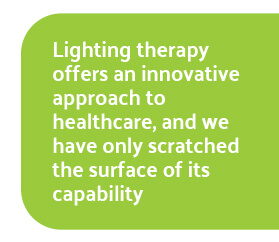
In 2015, PBM and PBMT (photobiomodulation therapy) became the recognized terms of choice in the field, standardizing the terminology for the therapy often referred to as low-level laser (or light) therapy (LLLT), cold laser therapy, or laser biostimulation (Anders et al., 2015).
In this article, we will delve into the fundamentals of photobiomodulation, exploring the mechanisms by which light interacts with cells and elucidating the underlying photochemical responses.
Click here to read our full article

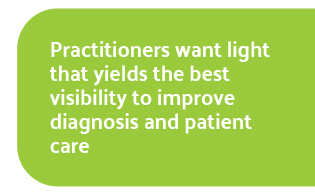
When designing a safe medical device for patients and users, several factors must be considered. Specifically, in the case of surgical lighting, there are critical risks to be mitigated, especially when the light source is near the patient’s body during minimally invasive procedures.
In this article, we will discuss four major areas of safety concerns involving surgical lighting:
We’ll review design concerns and how to overcome these challenges.
Click here to read our full article

In today’s world, brand recognition shows up everywhere, and the medical technology industry is no exception. Branding is ever-present, from medical equipment such as an MRI machine to the label on a disposable package. When OEMs (Original Equipment Manufacturers) are in the design phase of product development, brainstorming new ways to cut through marketplace noise is becoming more difficult as time goes on but is still critical for product success.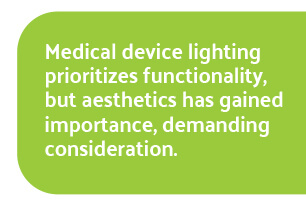 Brand awareness seeks to familiarize the public with a new or revised product and differentiate it from the competition. In the medical technology industry, brand touchpoints are common across product lines and can be achieved in many forms. A growing trend in the med-tech marketplace is to add various aesthetic elements in product design to ensure they stand out and gain a competitive advantage.
Brand awareness seeks to familiarize the public with a new or revised product and differentiate it from the competition. In the medical technology industry, brand touchpoints are common across product lines and can be achieved in many forms. A growing trend in the med-tech marketplace is to add various aesthetic elements in product design to ensure they stand out and gain a competitive advantage.
Click here to read our full article

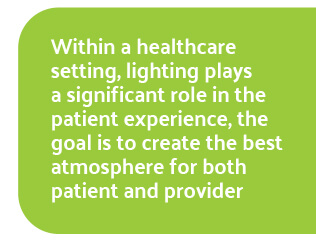
The design of lighting for the hospital setting involves balancing multiple factors, such as anticipating complex procedural scenarios and considering occupants’ biological and physiological needs. Both the needs of the patients and providers should be analyzed, as each group has different lighting-related demands. For example, medical providers require sufficient lighting to complete vital tasks, while patients may need lighting for general comfort and relaxation during their stay. Adjustable lighting can help with the needs of both. When patients’ and providers’ unique needs are considered, a more human-centric approach can be achieved.
Mood, productivity, perception, circadian rhythm, visual acuity, and sustainability should all be considered when designing and implementing adjustable lighting in a medical setting. This report will break down current observations and their ability to facilitate better lighting design.
Click here to read our full article

In 2023, medical device manufacturers have been at the forefront of incorporating cutting-edge lighting technologies into their products to enhance patient care and diagnostic capabilities. This section aims to explore the emerging lighting trends from medical device manufacturers in 2023, shedding light on the data obtained from a comprehensive survey conducted among leading manufacturers in the industry.
Survey Participants:
We surveyed prominent medical device manufacturers to gain valuable insights into the trends shaping the future of lighting in medical devices. The participants in this survey consisted of engineers, product designers, and key decision-makers responsible for developing lighting solutions for medical equipment. Their collective expertise provided a well-rounded perspective on the current advancements and future projections in medical device lighting.
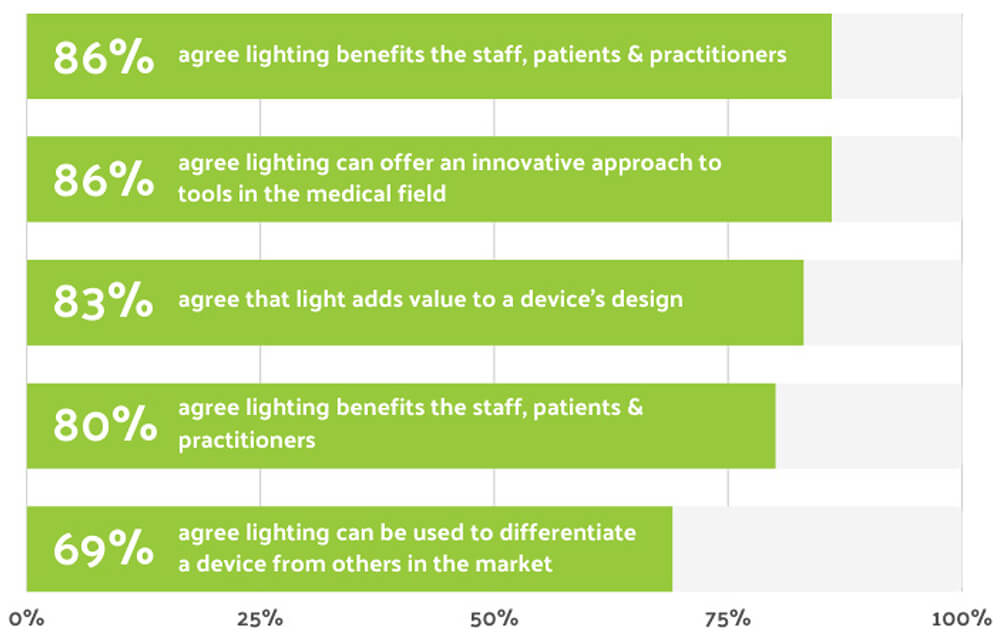
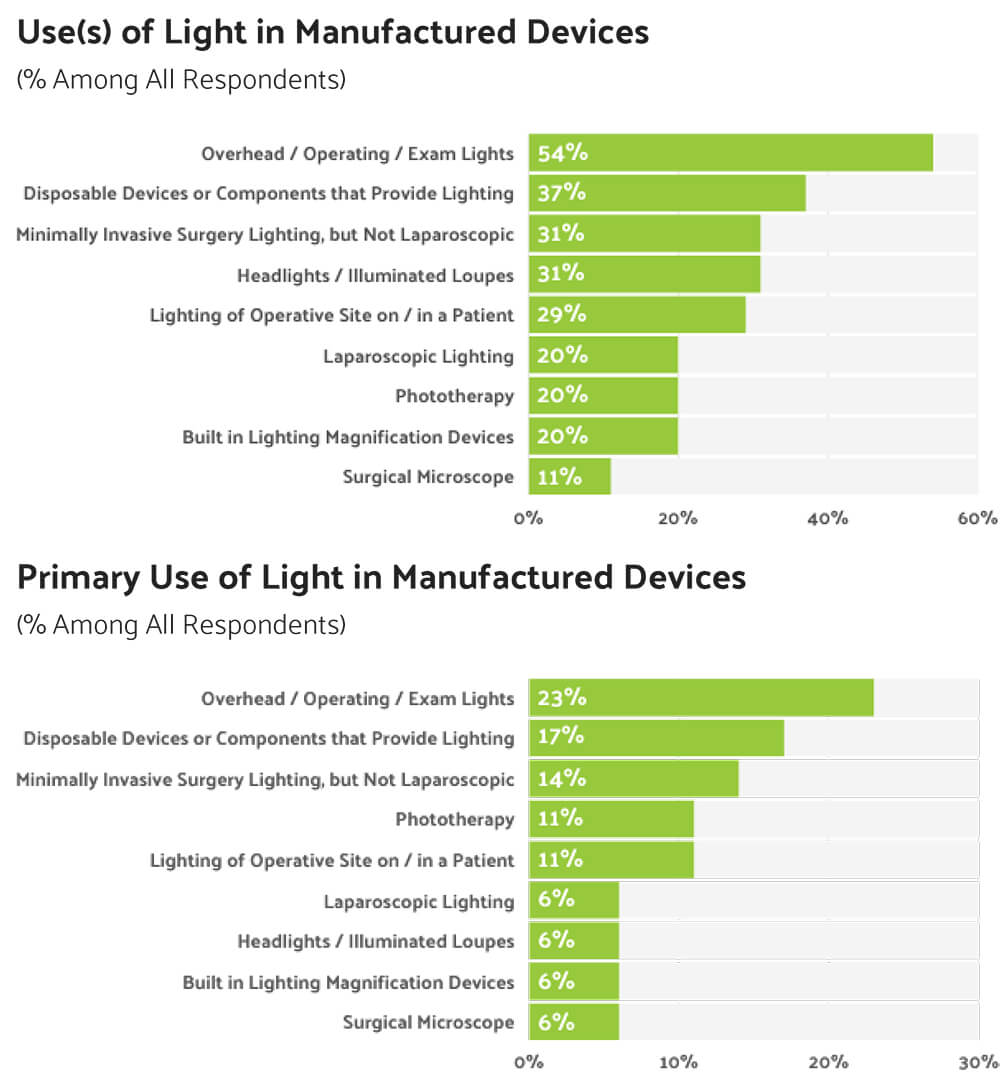
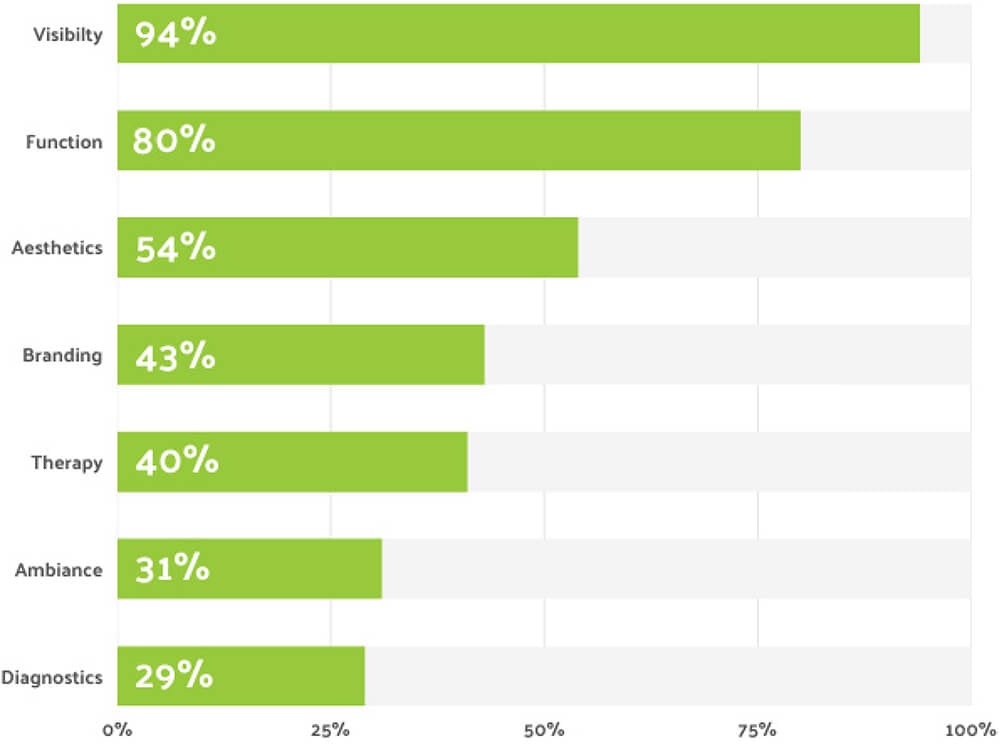
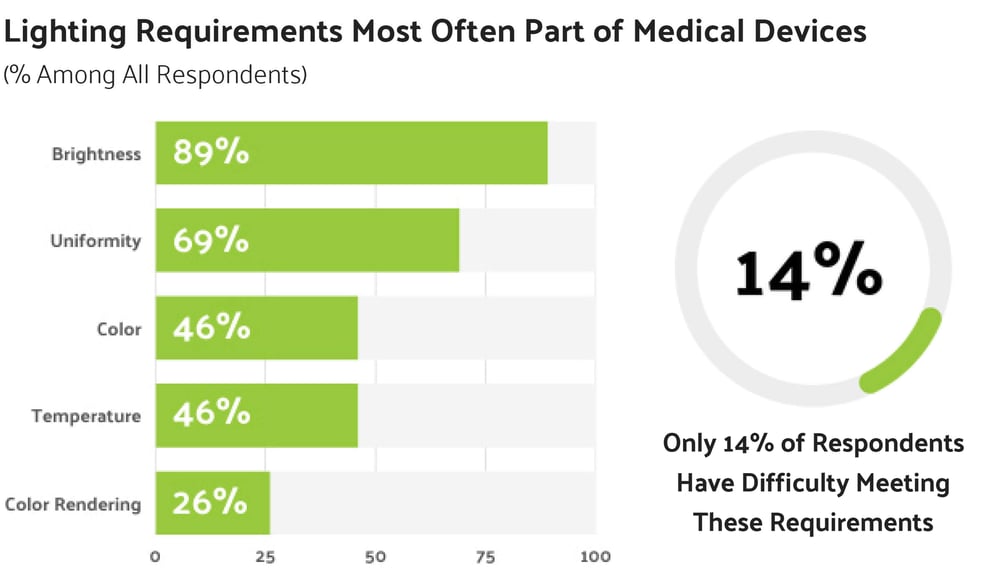
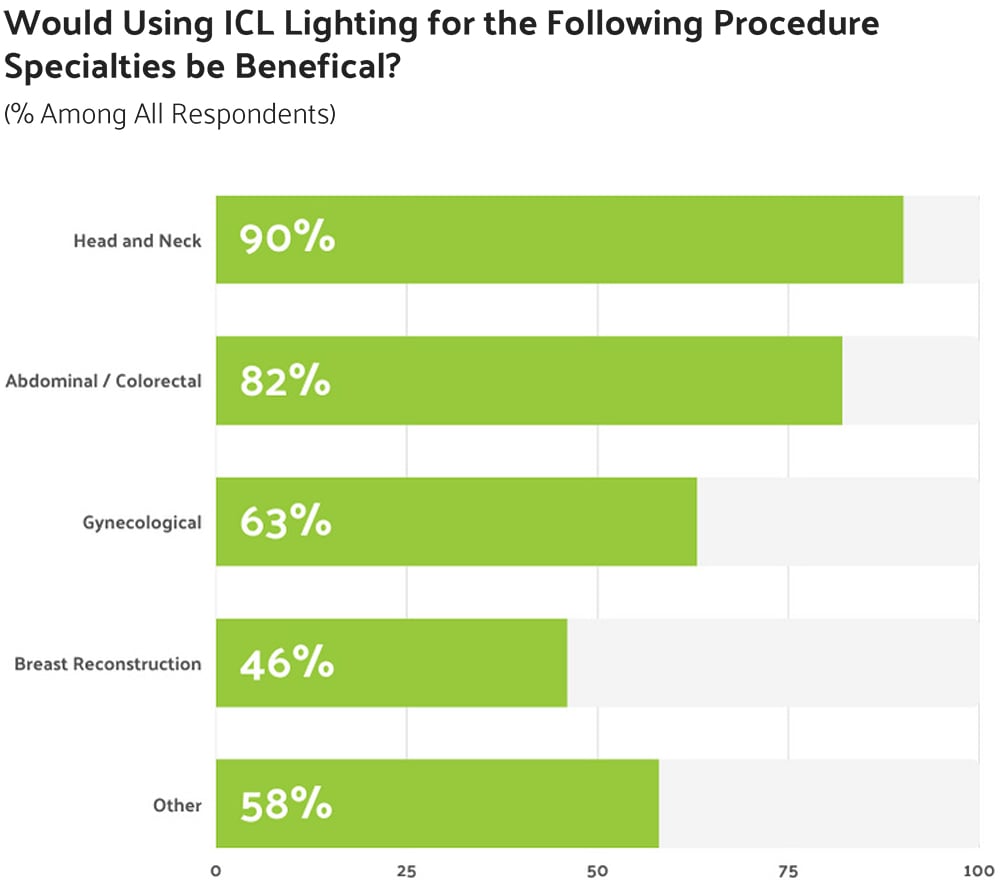
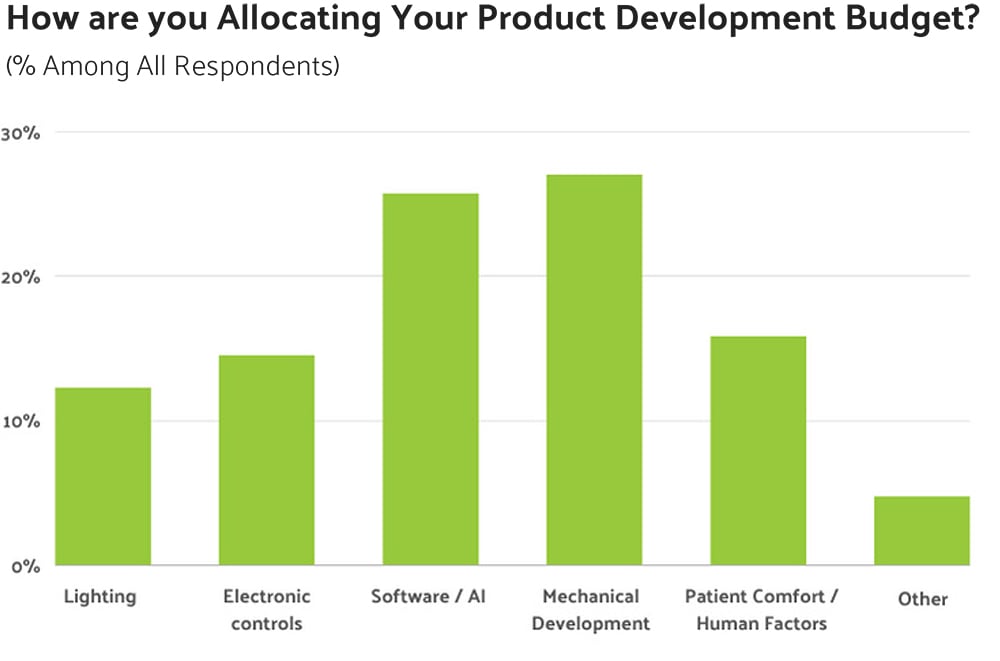
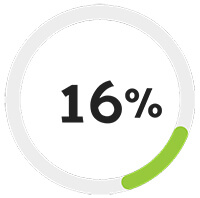
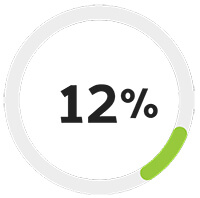
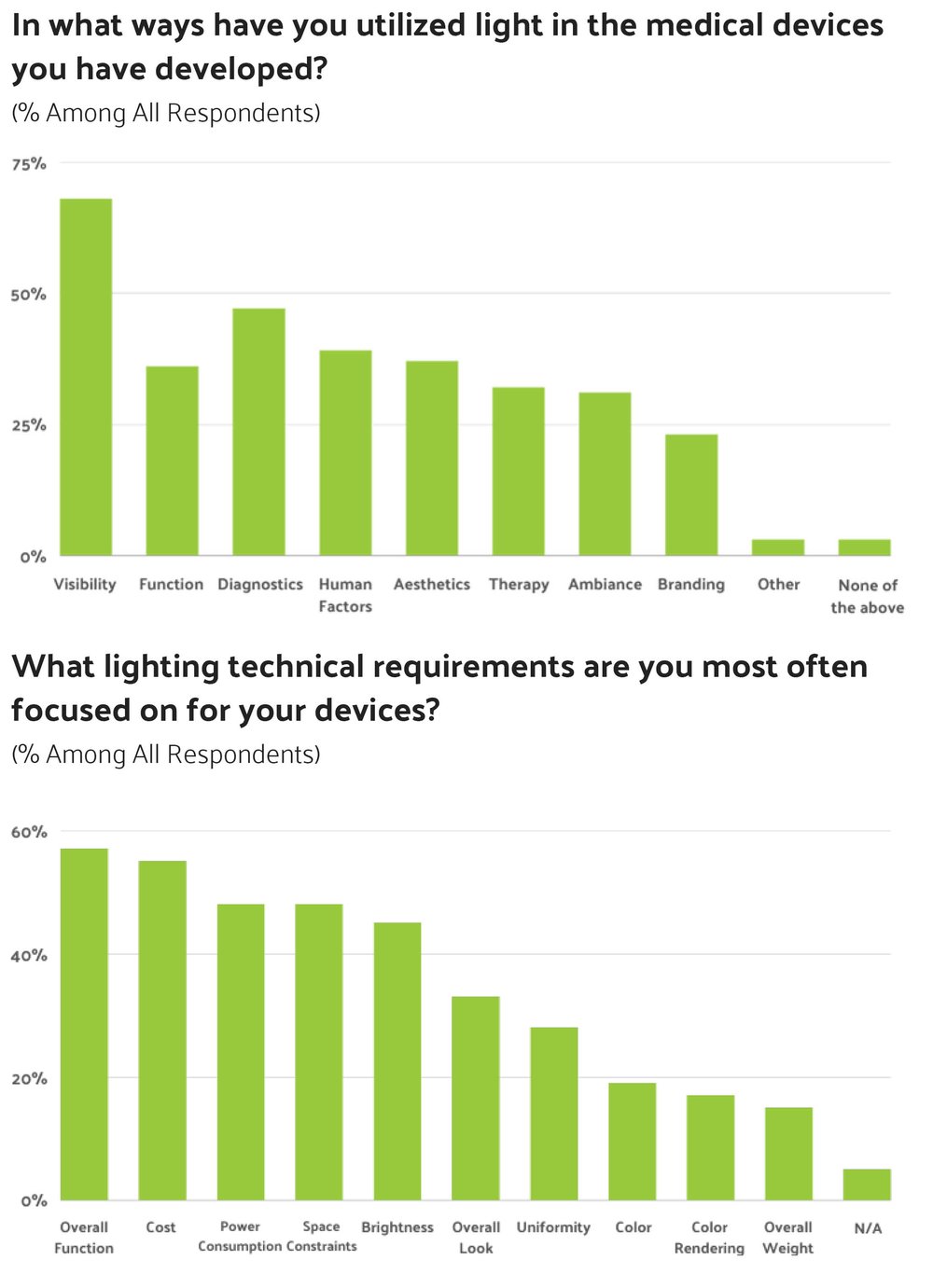
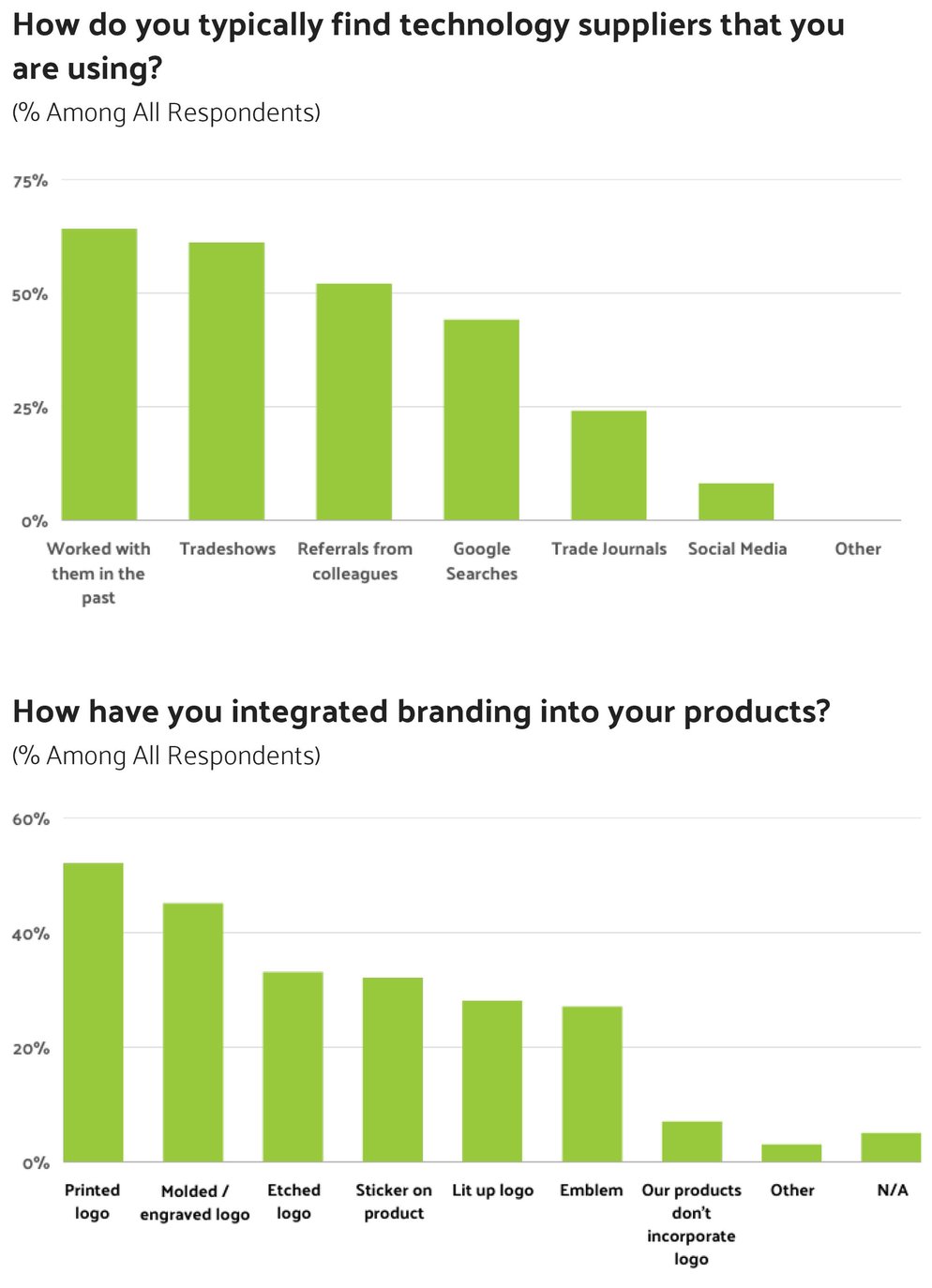
In conclusion, 2024 promises to be a transformative year for medical lighting, marked by innovative trends that enhance patient care, optimize healthcare environments and drive advancements in medical technology. Some of the trends that are likely to continue and evolve include:
Human-centric lighting: The growing understanding of the impact of lighting on patient outcomes and circadian rhythms will drive the adoption of human-centric lighting solutions in healthcare settings. Hospitals and clinics will increasingly invest in lighting systems that mimic natural daylight and adjust throughout the day to promote healing and improve the well-being of patients, staff, and visitors.
Energy-efficient and sustainable lighting: In line with the global focus on environmental sustainability, medical facilities will embrace energy-efficient lighting solutions. LED technology, with its low energy consumption and long lifespan, will continue to dominate the market, helping healthcare institutions reduce their carbon footprint and operating costs.
Advanced surgical lighting: Surgeons will benefit from cutting-edge surgical lighting systems that provide improved visibility, reduced glare, and better color rendering. Adjustable and precise lighting setups will enhance procedural accuracy, ultimately leading to better patient outcomes and reduced risks during surgical procedures.
Integration of smart lighting and IoT: Medical lighting will increasingly integrate with the Internet of Things (IoT) and smart technology. Automated lighting controls, sensor-based systems, and interconnected networks will enable seamless adjustments, enhance energy management, and contribute to a more efficient and responsive healthcare environment.
Infection control lighting solutions: Infection prevention will remain a top priority in healthcare facilities. Medical lighting manufacturers will continue to develop antimicrobial coatings and materials that inhibit the growth of bacteria, reducing the risk of hospital-acquired infections and enhancing patient safety.
Personalized patient experiences: Medical lighting will be tailored to individual patient needs and preferences. Customizable lighting options in patients’ rooms will allow patients to create a comfortable and soothing environment, promoting relaxation and healing during their stay.
The trends mentioned above highlight the ongoing commitment of the medical industry to leverage cutting-edge lighting technologies to improve patient outcomes, enhance healthcare experiences, and create sustainable and efficient environments. As the medical field continues to evolve and embrace innovation, these trends will shape the future of medical lighting and contribute to a healthier and more compassionate healthcare landscape in 2024 and beyond.
Our team has been working tirelessly to make this report a success. We want to take this opportunity to thank each of them for their hard work and continued effort to get this completed.